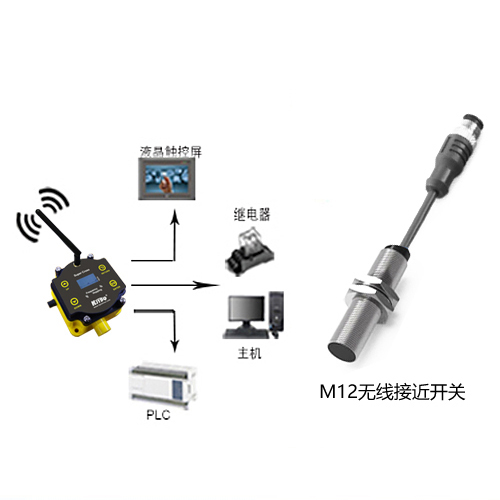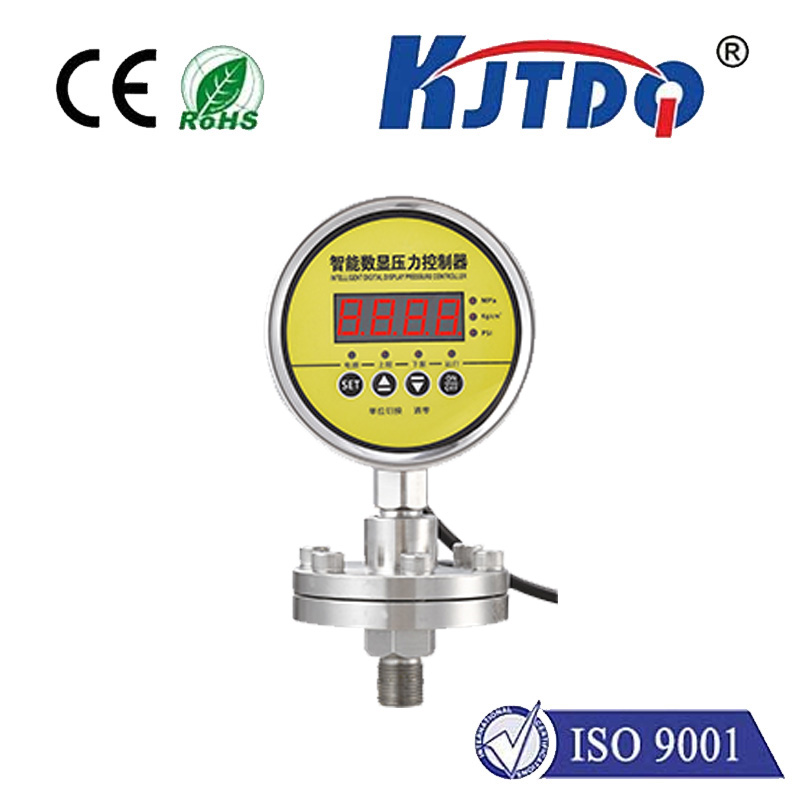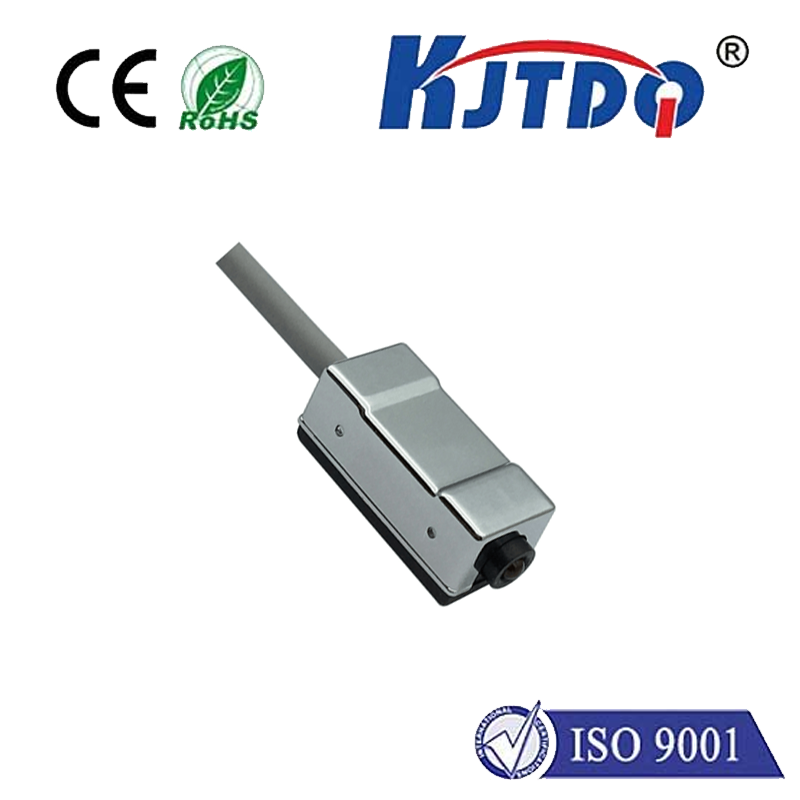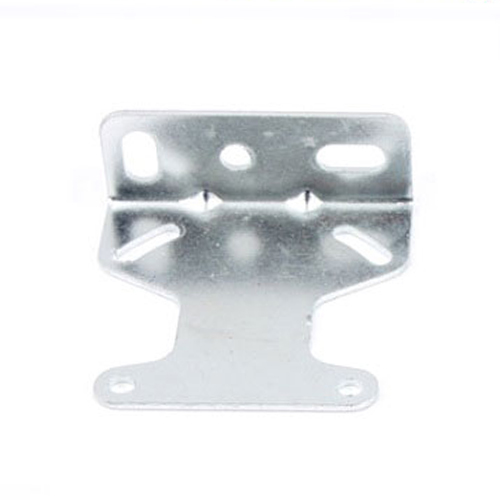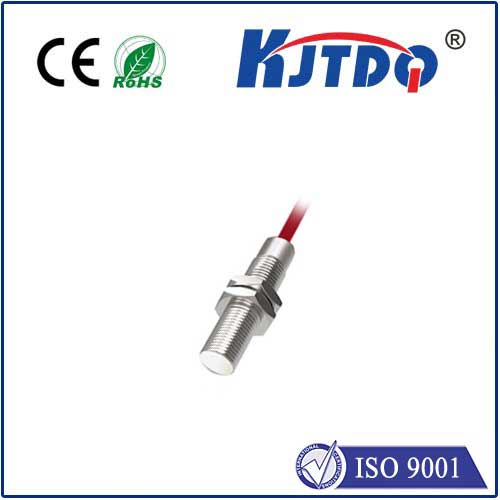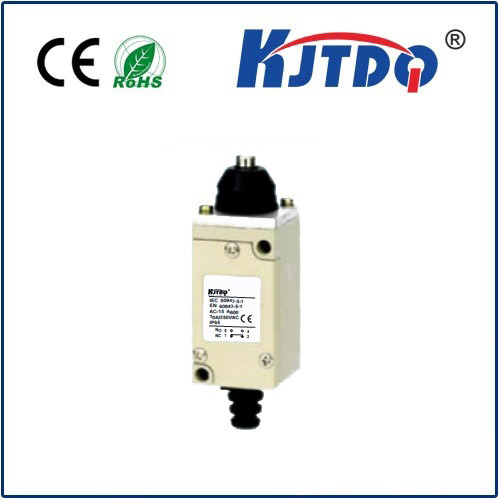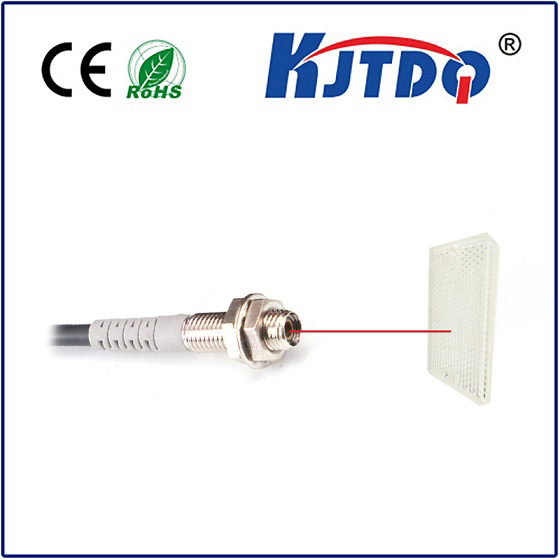

check

check

check

check
Picture this: a technician is raising a heavy SUV on a two-post lift. Their focus is on accessing the undercarriage. Suddenly, without warning, the lift reaches its absolute maximum height… and keeps trying to rise. The groaning sound of stressed metal fills the workshop. Without a critical safety mechanism actively preventing this scenario, the results could be catastrophic – damaged equipment, a dropped vehicle, or severe personal injury. This unsung hero, this vital line of defense, is the 2-post lift limit switch.
Often overlooked but undeniably essential, the limit switch is a fundamental component woven into the safety fabric of every reliable two-post lift. Its singular, crucial mission: to prevent the lift from traveling beyond its designed safe operating height. Understanding its function, importance, and maintenance is not just technical knowledge; it’s a core aspect of responsible workshop operation and workplace safety.
The Unseen Sentinel: What a Lift Limit Switch Does
At its core, a limit switch is an electromechanical safety device. It’s strategically positioned within the lift’s structure, typically very near the top of the lifting columns. This is its point of intervention. The switch itself contains a small actuator arm or plunger. As the lift carriage ascends, it physically contacts this actuator at the predetermined maximum safe point. This contact triggers the switch.
This triggering action is where the magic (or rather, essential safety engineering) happens. Activating the limit switch immediately cuts off electrical power to the lift’s hydraulic pump motor or reverses its direction. This hard stop prevents the lift mechanism – cylinders, chains, cables, and carriage – from being forced beyond its mechanical limits, a condition known as over-travel. Preventing over-travel is critical because:
A Critical Cog in the Lift Safety Ecosystem

While the limit switch is paramount for preventing over-travel, it works in concert with other safety features on a modern two-post lift:
The limit switch is specifically dedicated to controlling the upper travel boundary. It is the first and most active electrical defense against lifting too high. Relying solely on the operator to stop the lift in time is an unacceptable risk; the limit switch provides a reliable, automatic backup.
Location, Integration, and Activation
The limit switch is typically located near the top inside each column of a symmetric two-post lift, or within the overhead carriage structure on asymmetric models. Its activation is usually triggered by:
When contact occurs, the switch’s internal contacts change state (open or close the circuit), sending an immediate signal to the lift’s power unit control system to halt ascent. This system integration is why ensuring the switch is correctly adjusted and functional is vital – a misaligned switch simply won’t engage at the right moment.
Maintenance: Ensuring Your Guardian is Active
Like any safety-critical component, limit switches require periodic attention to maintain their reliability:
Choosing the Right Component: Quality Matters
If replacement becomes necessary, selecting the correct limit switch is non-negotiable. These components must be rated for the specific electrical load of the lift motor and the environmental conditions (dust, temperature, potential fluid exposure) of a workshop.
Conclusion: Respect the Switch
The limit switch on your two-post lift operates silently in the background, usually unnoticed until the moment it prevents a disaster. It is not merely a part; it is an integrated safety system fundamental to the safe operation of the equipment. Recognizing its purpose, ensuring its proper function through regular testing and maintenance, and replacing it with quality components when needed are essential responsibilities for any workshop owner, manager, or technician. This small but mighty component stands as a critical barrier against the potentially devastating consequences of over-travel, truly earning its status as the lift’s silent guardian.
